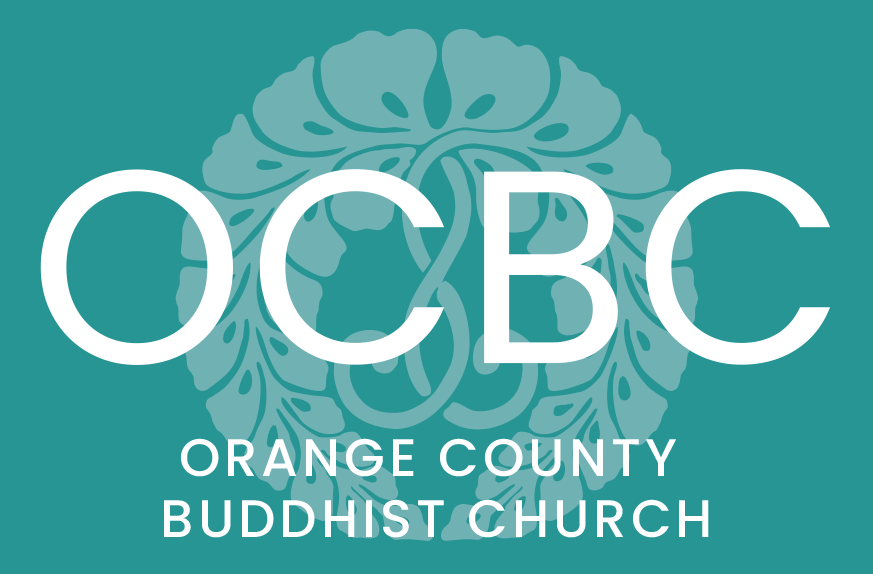What is Shodo?
In this week’s #SanghaStrong Spotlight, Ann Nakahira shares with us her Shodo practice.
Ann Nakahira holding the kanji “Yume” which means dream
“Shodo helps me practice mindfulness. When you do shodo, you aren’t supposed to draw over your brush strokes. Once you draw your stroke, the moment is over and you can’t go back and re-do it.” — Ann Nakahira
What is shodo?
Shodo in Japanese translates to “writing path” or “way of writing” and is the art of Japanese Calligraphy.
What do you need to get started in shodo?
Starting is easy! You use a fude (brush), sumi (ink), and paper.
What got you interested in it and how long have you been studying and practicing?
7 year old Ann Nakahira at the Annual Beikoku Shodo Kenkyukai Exhibition and Competition at Zenshuji Soto Mission. Los Angeles (circa 1978)
I began learning shodo when I was 5 years old. It was just another thing that my mom signed me up for. I took the class every Saturday after Japanese Language School at Chuo Gakuen in Boyle Heights, Los Angeles. The classes were taught by Madame Hiroko Ikuta and her husband, Nichiren Buddhist Minister, Rev. Kanshu Ikuta who founded the Beikoku Shodo Kenkyukai school in 1965.
I continued taking Shodo classes until I was 18 years old. I had various teachers throughout this time, and they always encouraged me to continue. After graduating high school, I only occasionally did shodo to create gifts for friends and family.
Then in 2018, I decided to pick up my brush again and started taking classes with Kumiko Iwakura, who is a former Orange County Japanese School teacher. My current shodo school is called Bunka Shodo, and I send work to Japan on a monthly basis to get my shodo ranking. I am currently ranked 2nd kyu.
Tell us about some of your projects for OCBC.
“For the #SanghaStrong campaign, Rev. Dr. Mutsumi Wondra, suggested Tomo-iki which means living together or coexisting. I thought this was a perfect word to describe our OCBC Sangha (community)” — Ann Nakahira
“The word daion means ‘great sound’ or ‘great voice’ of the Buddha. It is found in the Sanbutsuge sutra. I hope to one day sit down and copy the entire Sanbutsuge. In Japan, copying a sutra by hand is called shakyo and is a form of meditation.” — Ann Nakahira
“I saw Rev. Jon Turner on a Zoom meeting one day and saw that he had a digital background of his Buddhist name, Busshin (Buddhist Heart). I wanted him to have a physical item, so I wrote it for him. I hope to do more projects for OCBC in the future.” — Ann Nakahira
How do you connect your craft with Shin Buddhism?
Shodo helps me practice mindfulness. When you do shodo, you aren’t supposed to draw over your brush strokes. Once you draw your stroke, the moment is over and you can’t go back and re-do it. This concept is such a good metaphor for life, and doing shodo reminds me to always be in the present moment.





